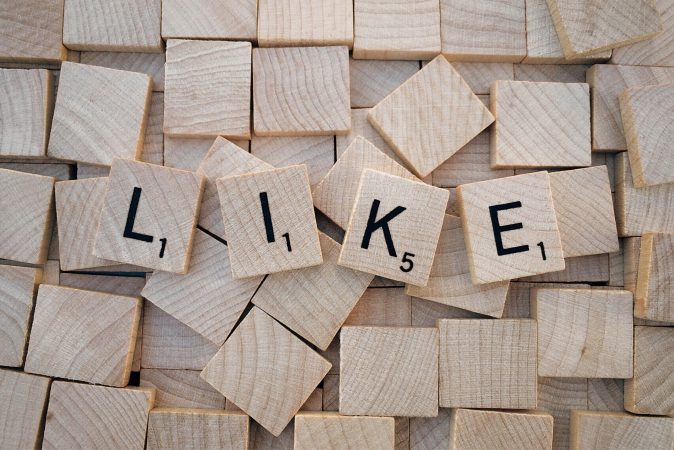Event marketers and planners are stepping up their social media game now more than ever. Why should you join them? Because, with the right social media strategy in place, you'll not only get more people to register for your event, you'll see sharp spikes in social media engagement during the event. And as you grow your online and offline audiences, you'll build your brand and enhance loyalty.
Now keep in mind that social media tactics that served you well during the pre-event cycle don’t necessarily carry over once your event goes live. That's why we're going to focus on the next phase of social media marketing at events, where strategies shift as you strive to:
- Enhance the attendee experience (deliver on your promise)
- Grow event loyalty and get attendees to come back next time
- Make those who couldn’t attend wish they did
- Build brand awareness for your event and your organization
Social media has tremendous potential to increase visibility and conversion for your event, but it’s every bit as viable for enriching the live and remote attendee experience as well. That’s what builds loyalty. That’s what drives people to make attending your event a priority, year after year. Who wouldn’t want that?  Your attendees are on a wild ride, scrambling from one session or activity to the next, trying to network and capture as much value as they can. They’re sitting in ballrooms, managing disruptions coming from as many as four screens: smartphone, tablet, laptop as well as audio visual at the event. Attendees move about from one screen to the next at breakneck speed. They’re checking email under the table. They’re putting out fires at the office. But don't ask your audience to turn off their devices. Instead, harness the scattered online attention and focus it on your best event moments. You can leverage all social channels to call their attention to valuable new insights and people who can help them succeed. It all starts with:
Your attendees are on a wild ride, scrambling from one session or activity to the next, trying to network and capture as much value as they can. They’re sitting in ballrooms, managing disruptions coming from as many as four screens: smartphone, tablet, laptop as well as audio visual at the event. Attendees move about from one screen to the next at breakneck speed. They’re checking email under the table. They’re putting out fires at the office. But don't ask your audience to turn off their devices. Instead, harness the scattered online attention and focus it on your best event moments. You can leverage all social channels to call their attention to valuable new insights and people who can help them succeed. It all starts with:
Establish Your Social Infrastructure
Your event social media content hub must be built on one capable and nimble platform that’s fully owned and controlled by you. This could be:
- your event microsite
- your blog
- your organization’s website
Every bit of event-based content should be housed and accessible from your hub. Facebook, Twitter, Instagram and others then serve as outposts to amplify your most valuable content and event experiences. Study your audience, find out where they interact online and go there to promote your event. If Facebook is a favorite social network for your target audience, start sharing helpful information there to cultivate your community. When it’s time for these new followers to take action (like registering for your event), you can easily direct them to your event hub. Pro Tip--Social Check-Ins: Proximity Accelerates Networking Often, valuable new contacts are nearby and attendees don’t even know it. Your mobile event app can help attendees capitalize on these valuable chance encounters.
- Check in at the hotel lobby: Who wants to share a cab to the airport?
- Check in at networking reception: Looking to chat with others who are upgrading their CRM.
- Check in at the coffee shop: Building my #xyz itinerary – any recommendations?
Get Clear on Your Social Media Mission and Strategy
In a recent Aberdeen Benchmark Report, more than 75% of survey respondents revealed that they either have no social media strategy in place or a fuzzy one, at best. They might be tracking “likes” and “followers” but they struggle to connect those data points with any meaningful and measurable success outcomes. If they “like” us so much, why are our revenues flat? Don’t be like most people. Make sure you’re crystal clear on the what, when, how and why behind your event social media strategy. Then ask yourself: How will we measure success? Avinash Kaushik, Digital Marketing Evangelist for Google, has identified four social media measures that matter most:
- Conversation Rate: The number of comments and replies per post.Social media is more about conversations, less about broadcasts. As conversation rates increase, you’ll gain valuable insight about your audience, particularly what they value most in your event and brand. More importantly, you’ll get cues on how to grow that value higher.
- Amplification Rate: The number of shares or retweets per post. Here’s where the 2nd and 3rd-degree connections kick in. Your followers have followers of their own. Every time they choose to share something from you, your amplification rate multiplies, which in turn expands your audience, influence and marketing reach.
- Applause Rate: The number of likes, favorites or +1’s per post. Look at these as endorsements — even mini-testimonials that what you’re putting out there is highly valued. Added bonus: Even more insight about your market and audience.
- Economic Value: The number of times people go to your hub or home base to do business with you. This is the big one and often, it comes about as you successfully deliver on the previous three. If your event serves an internal audience, economic value comes through skills mastery, enhanced productivity, and more connected, committed and collaborative teams.





